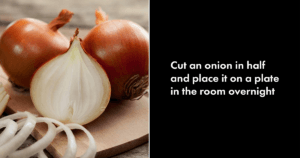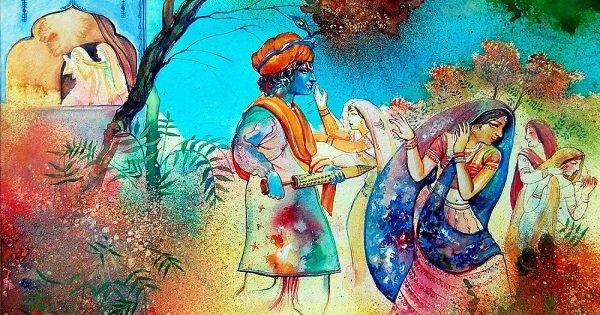While the sun does set on the British empire now, it shone brightly and long enough for them to find valuable possessions from across the globe. The result? These things are now kept at museums, mostly the one in London, as the governments of the now-independent nations try to get them back. Here is a look at some of the priceless items taken/stolen by the Britishers during their conquests around the world.
1. Koh-i-Noor
This obviously comes first because of our personal investment in it. Koh-i-Noor literally means ‘the mountain of light’ and adorned the famous Mughal Peacock Throne after being in Allauddin Khalji’s watch for years. It was handed over to Queen Victoria in 1849 after the British made India their colony.
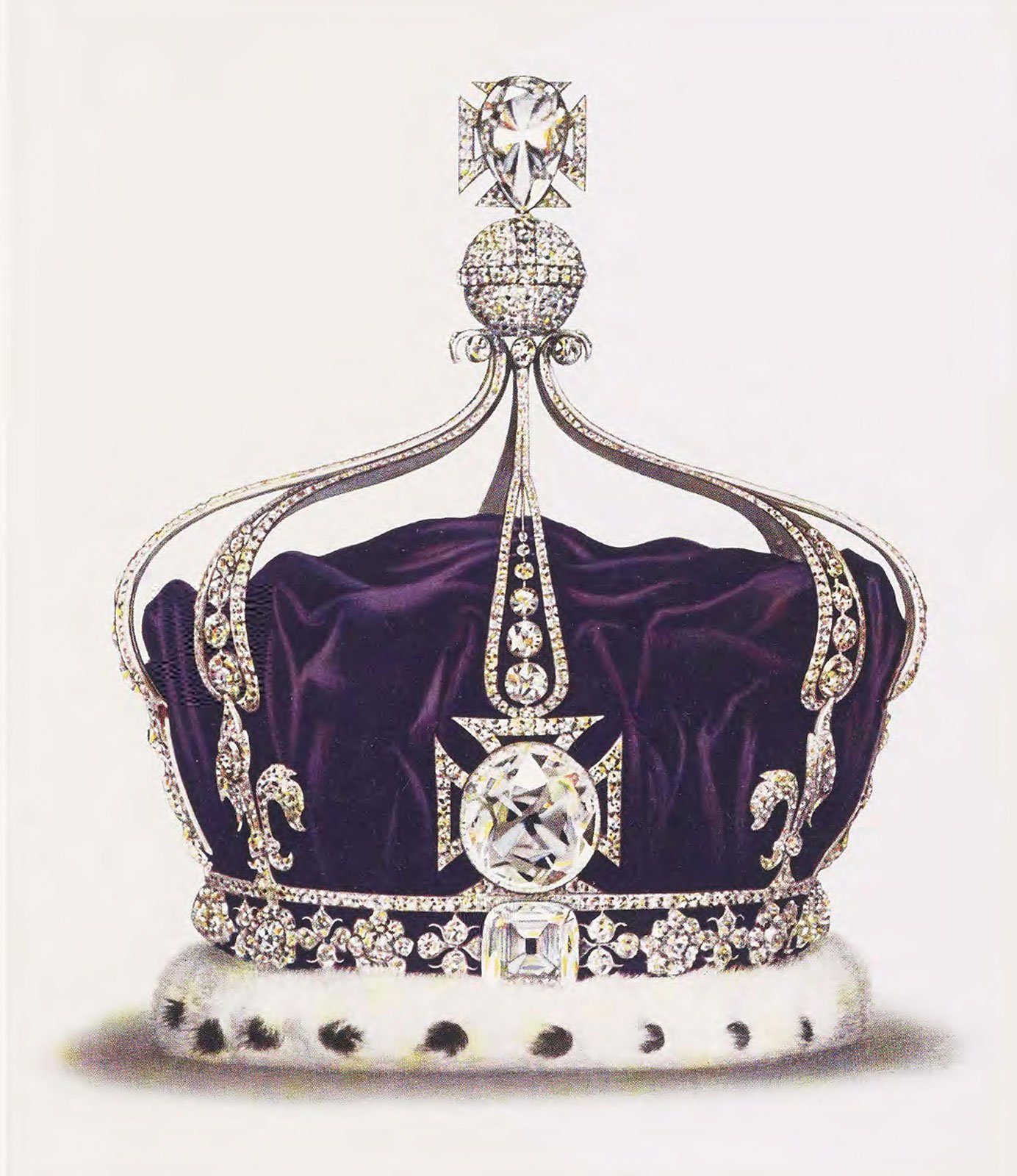
The jewel has been passed on to the women in the royal family because there is a superstition that it acts as a jinx for men. Right now, it is kept in the Jewel House in Tower of London and has been a bone of contention for years.
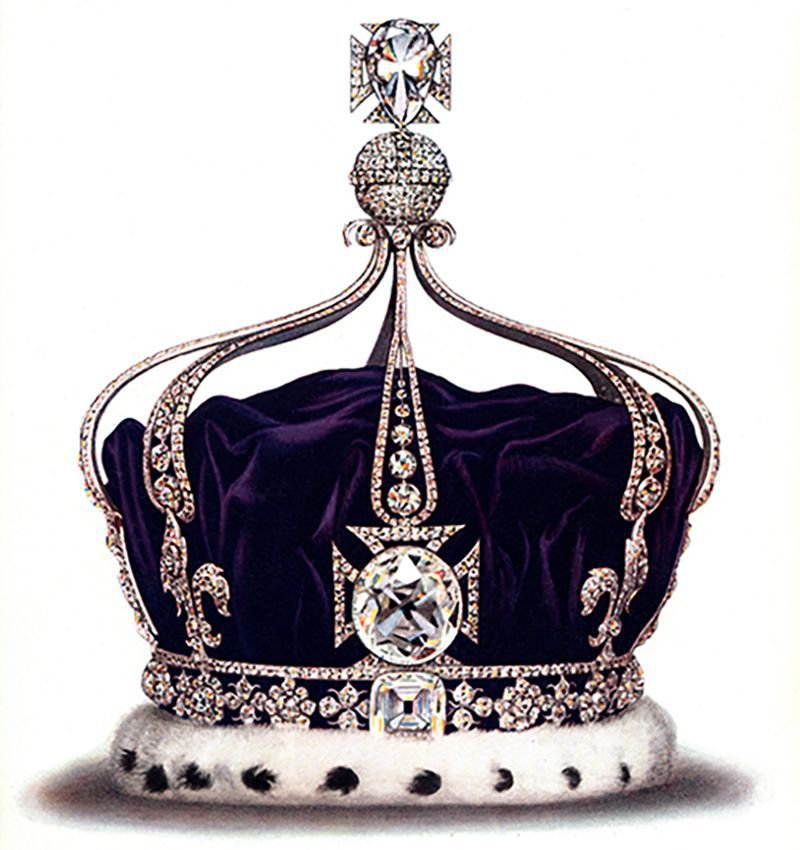
The marbles on the walls of the deteriorating Parthenon were taken by Lord Elgin to London in 1803 (hence their name). Elgin said that he had obtained permission to take the marbles but couldn’t support his claim with any document, and since then, Greece has been rightfully asking for its prized possession since 1925 but they continue to sit in the British Museum as the monarch is not necessarily interested in returning them.
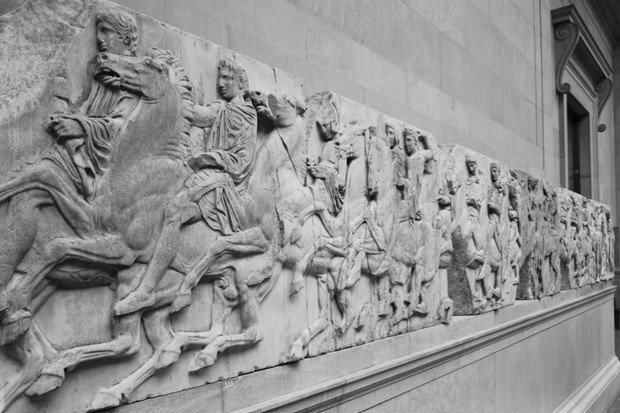
After the battle of Maqdala in 1868, the Britishers took many valuable things, including scriptures which people of Ethiopia have been fighting for. An association for the same (named Association For the Return of the Magdala Ethiopian Treasures) has since been formed to acquire the pieces of literature.
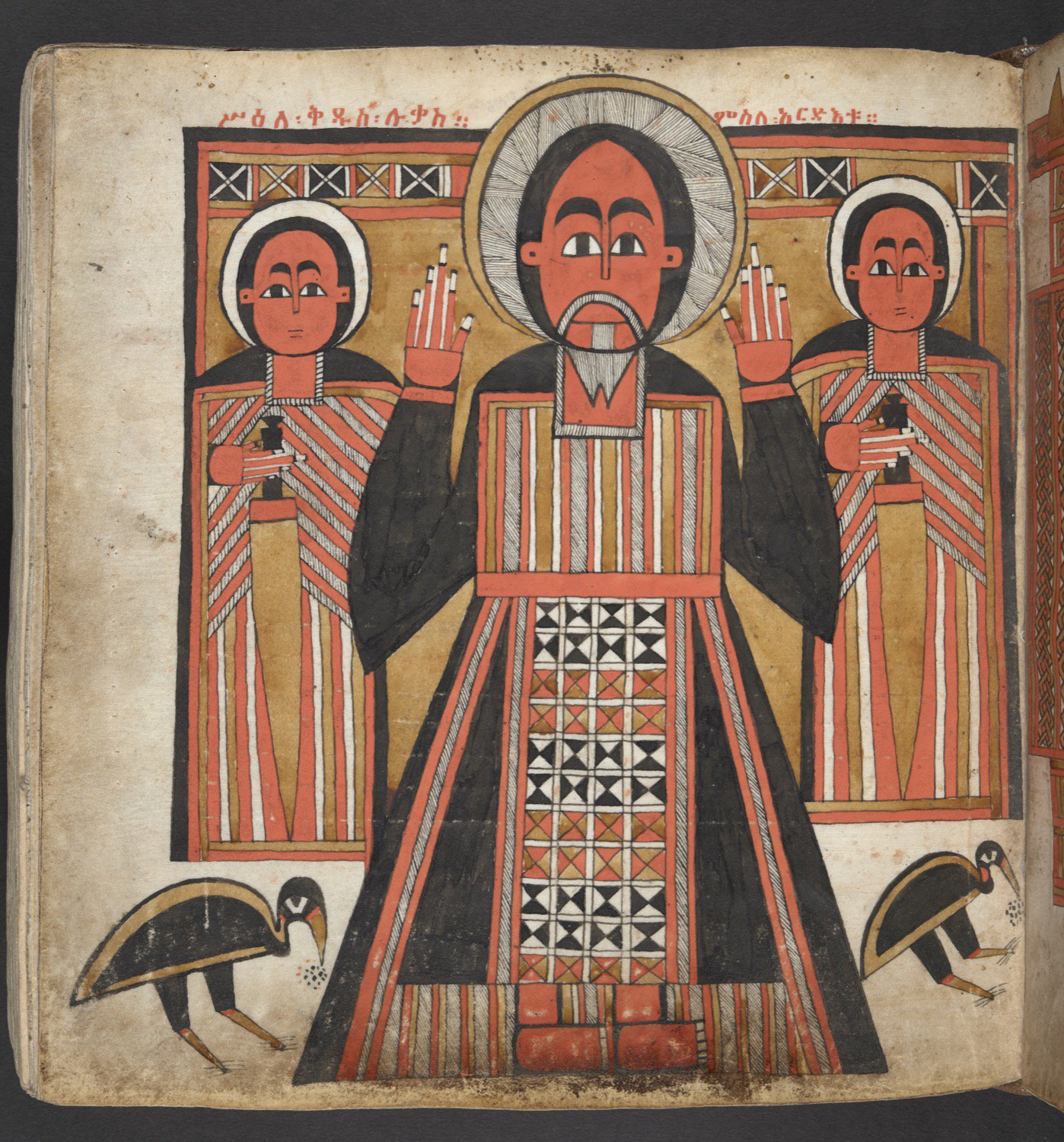
Kingdom of Benin, which is modern-day Nigeria proudly boasted bronze sculptures dating back to the 13th century. However, during the Benin Expedition of 1987, the Britishers stole most of them. More than 200 of these sculptures found a house in the British Museum. They are a window into the African art of those times and it’s just unfair that the locals have to travel to London if they want to take a look at the scriptures.
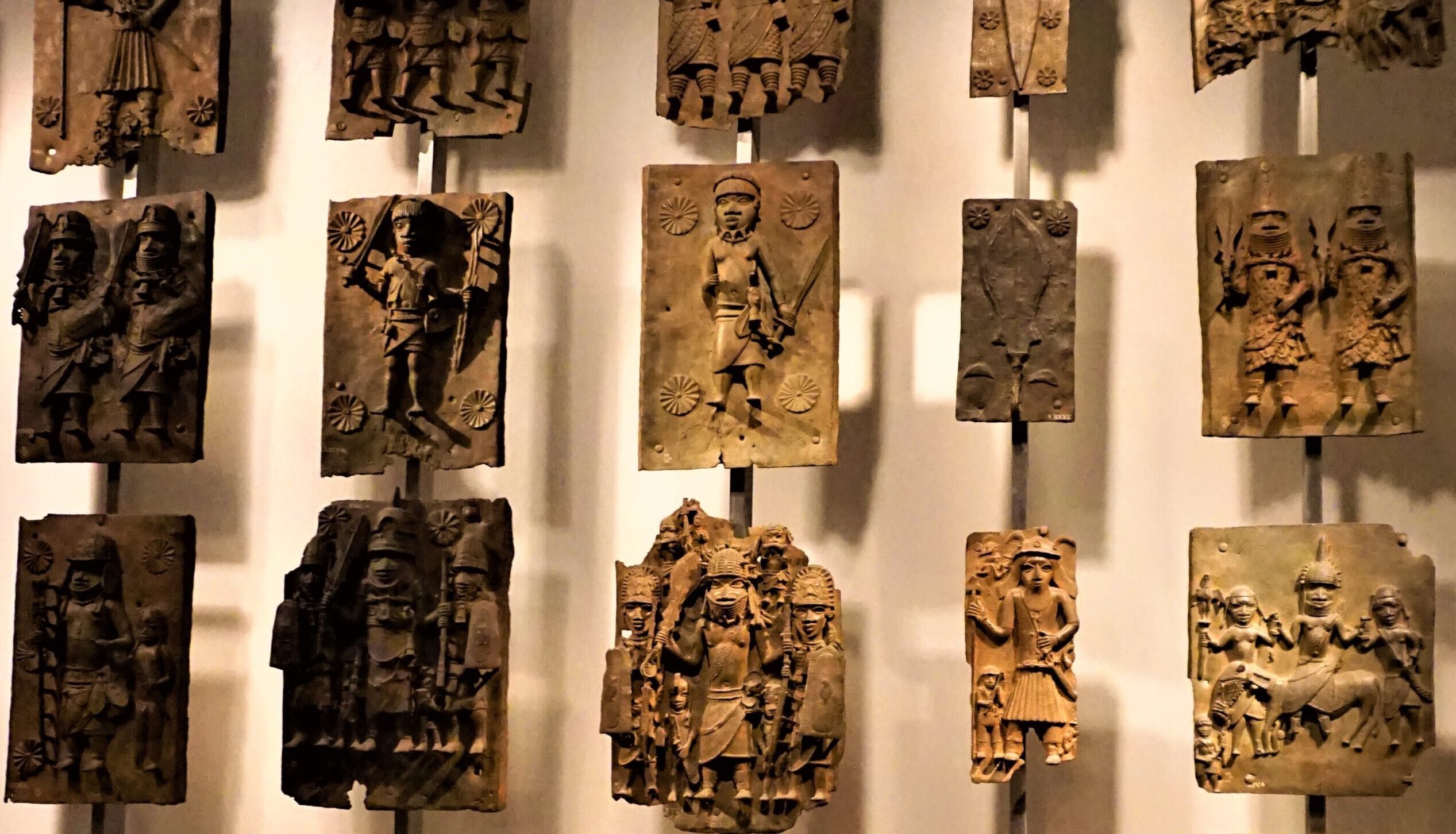
5. Seeds Of Hevea Brasiliensis
How much damage can the theft of seeds cause? Ask the Brazilians. Henry Wickham, a British explorer stole around 70,000 seeds of Hevea Brasiliensis to help his state establish rubber plantations in South East Asia. This single-handedly ended the Amazon Rubber Boom the great economic time in Brazil’s history. For this, he Wichham got the title of “bio-pirate” in the South American country.
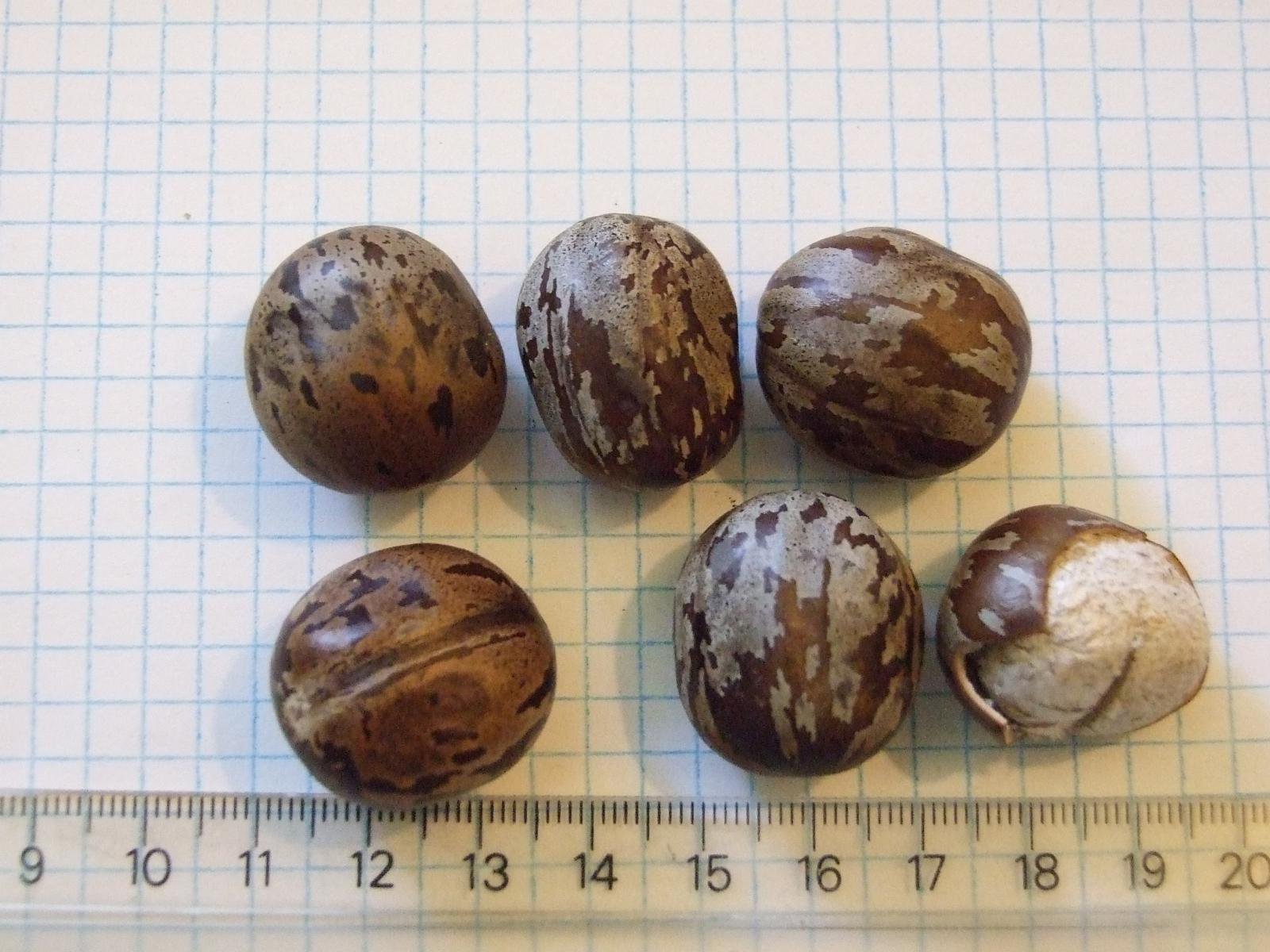
Made of Granodiorite, the Rosetta Stone stone has writing inscribed on it in 3 different Egyptian languages and dates back to 196 BC. It was acquired from Egypt by Napolean Bonaparte and from him, by the Britishers when they defeated the Frenchman’s army during the early 1800s.
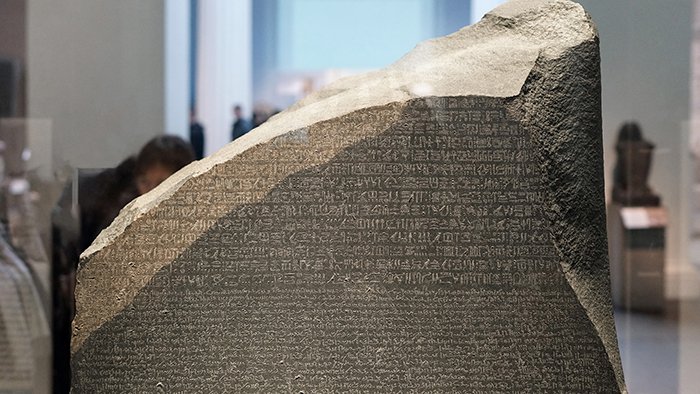
Tipu Sultan, one of India’s most noted kings, lost the battle to the British in 1799. And if historic texts are anything to be believed, the soldiers of the colonizers stole Tipu Sultan’s sword and his ring from his dead body. While the sword returned to India, thanks to an expensive purchase by Vijay Mallya, the ring was auctioned by the British for £145,000 in 2014.
The beautiful wine cups used by Shah Jahan himself fell into the hands of Colonel Charles Seton Guthrie in the early 19th century and from there they found a way to Britain. 1962, the Victoria and Albert Museum, London got hold of them and they sit there for now.
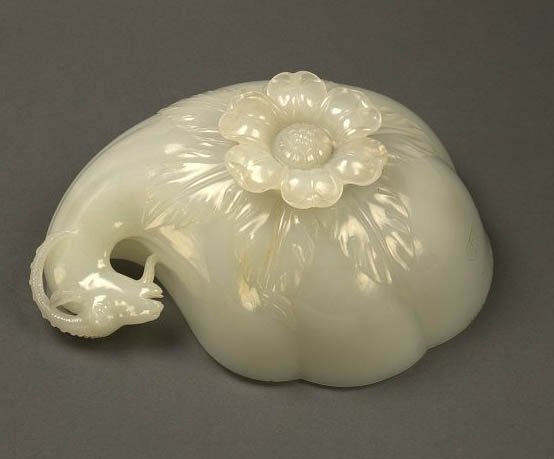
Looks like they have to return a lot of things to a lot of people.




